6. Ambiancè (Anders Weberg, 2020)
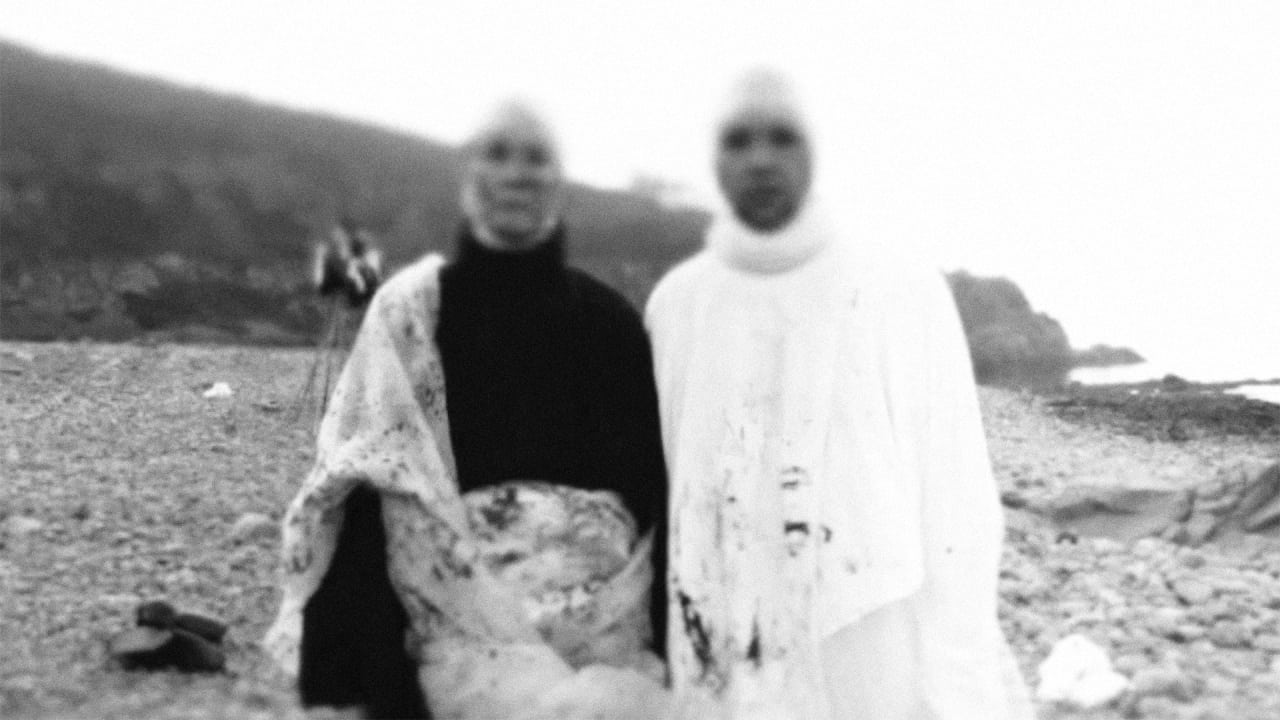
What is ambient filmmaking? It is the creation of a film so rarefied that it actually looks and sounds like a ghost of another film. Some critics think that has already been happening for awhile, but Weberg has decided to take the concept to the extreme consequences, and will release, in 2020, the longest film ever made (720 hours long), for which a short 7-hour trailer has already been released.
The film is shot in the same location where Bergman shot the legendary chess match of “The Seventh Seal”, and it is an extreme version of what the slow cinema movement has been doing for years.
To quote a famous writer, it will be a film about the distant loneliness of things, and then the artwork will be destroyed, taking the film to the state of “memory of film.”
Despite the obvious accusations of vanity and forced artistry, it has to be said that the trailer is incredibly haunting, which makes it even more cruel to think that the film will be destroyed. However, this is probably part of the lesson, and part of the reflection on time passed that cinema can generate like no other art form.
7. The Cremaster Cycle (Matthew Barney, from 1994 to 2002)
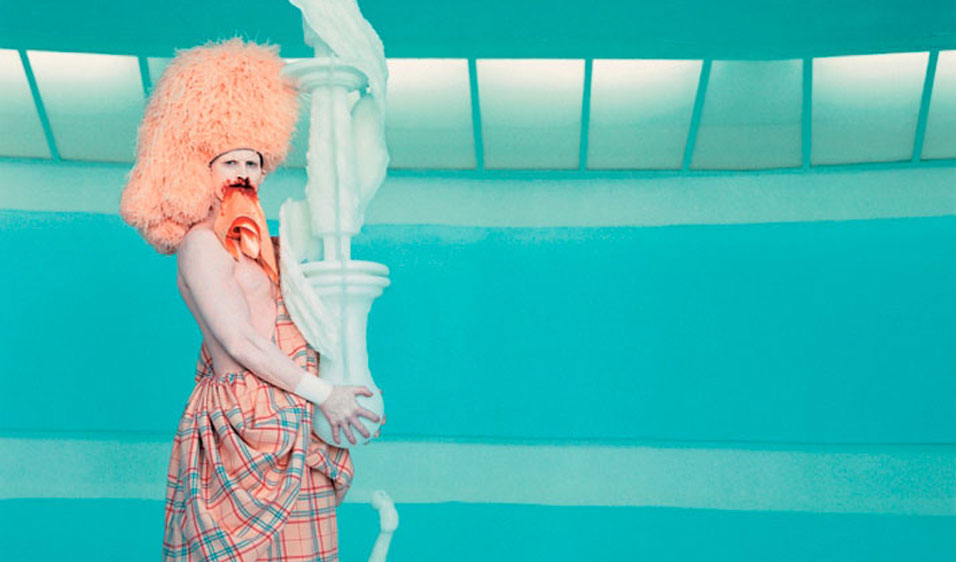
Another film that blurs the boundary between cinema and installation art, “The Cremaster Cycle”, a series of five feature films, has a cinematic style that is sculptural, ballet-like, musical, surrealist, and desperately self-indulgent for the time (not that self-indulgent is a bad thing).
The film was described as a self-enclosed aesthetic landscape and the parts that composed the complete artwork were released separately and in apparently random order.
The films are best described as a fantasia of images that, with brightness of colors and evocative soundscape to talk about, the moment of ejaculation probably, or at least sexuality, the moment of conception, identity, and life itself, looks and sounds like a highly prolonged transcendental meditation exercise, or neo-Buddhist symphonic filmmaking.
Of course, somebody hailed it as a masterpiece, somebody even compared it to the first surrealist films of the 20s and 30s, and somebody hated it with a passion, but this is a tendency that the art of the 20th and 21st centuries has embraced completely. The film also takes the form of an obscure treatment of symbols from different cultures, a strangely alchemic forbidden book.
8. Histoire du Cinéma (Jean-Luc Godard, from 1988 to 1998)
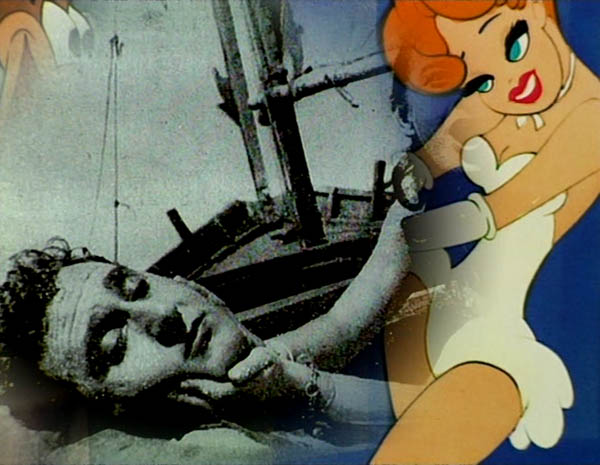
This monumental Godard project will evoke Werner Herzog, for many: “Does cinema dream of itself?” Not that Herzog ever said it, but, there you go. Godard made a monumental effort in an attempt to talk about cinema through cinema. Carmelo Bene, an Italian philosopher, said in the early 60s that cinema is the only art that cannot talk about itself, because everything is submitted to narration through images.
Godard seemingly attempted a response through his project, a series of images taken from every visual art, a series of dissolving editing effects to explore the nature of cinema and the meaning of cinema through the 20th century. However, it is not a story of film, like the one Mark Cousins attempted to realize, but a true philosophy of film, one of the essential theoretical works in analyzing cinema through the only medium that can properly do it, cinema itself.
9. La Jetèe (Chris Marker, 1962)
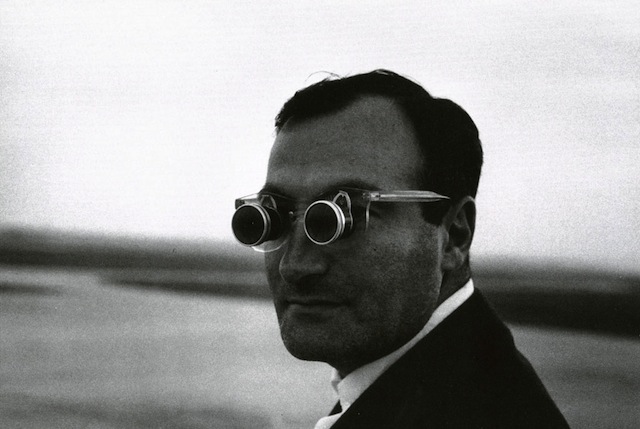
Can you break the movement of cinema? “La Jetèe” is the ultimate modernist film, a series of photographs connected through a narrating voice that tells a sci-fi story, and it is a sci-fi film in a sci-fi form, so to speak.
In narrating a non-space and a no-time, the film decides to fracture the relationship between time and space that belongs to the nature of moving pictures to mirror the theme of the narration. It is also a discussion of the nature of the subject and its relation to imagery, which anticipates more formally fluid films like Antonioni’s “Blow Up”.
The film also has great echoes of the great fantastical narration of Argentinean authors such as Borges and Cortàzar, that as some of Marker’s contemporaries in filmmaking, like Brakhage and Mekas, theorized a new way of being and perceiving our relationship with time and space, a new sentiment that sprung from the cultural shock of scientific revelations such as theories about quantum physics and the presence of subatomic science in the intellectual conversation.
“La Jetèe”, despite its all-in-all linear nature, is one of the films that makes the jump from the expressionist and surrealist qualities of cinema to the pure abstractness of seeing and feeling in time.
10. Russian Ark (Aleksandr Sokurov, 2002)
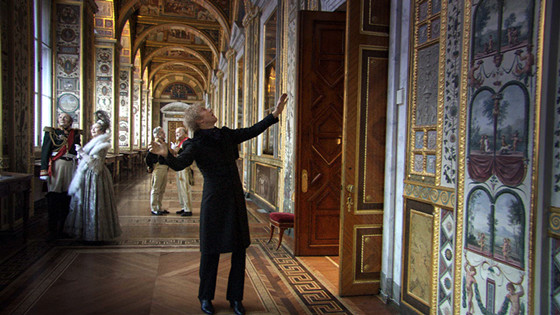
An 87-minute long take, an intricate theatre performance, a Russian ballet for the new millennium, and one of the greatest films of the 2000s, “Russian Ark” is a work of unquestionable grandeur that is not afraid to look at history and eternity, but that has also an incredible levity to it, enhanced by the elegiac tone and the delicate camera movements by Sokurov. If the language of cinema is editing, Sokurov discovers that the absence of editing, the nature of a moving painting, is the nature of existence itself.
Roger Ebert said it brilliantly: “The effect of the unbroken flow of images (experimented with in the past by directors like Hitchcock and Max Ophüls) is uncanny. If cinema is sometimes dreamlike, then every edit is an awakening.
‘Russian Ark’ spins a daydream made of centuries.” The scope and the number of things that occupy the frame call to mind the great paintings of Raffaello and Michelangelo; it is a declaration of cinematic power that has few equals. The breaking of the fourth wall, the irony, includes a postmodern and agitprop feel to it, an effort to make the director ascend to the role of total artist.
Author Bio: Gabriele is an Italian film student studying in Scotland. He is an experimental and arthouse cinema enthusiasta and a believer in the crucial importance of freedom of artistic expression.